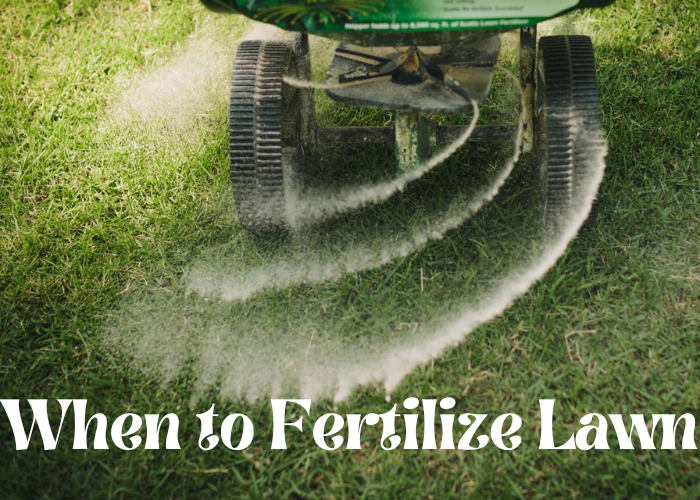
The best time to fertilize your lawn is in the spring, but you can also fertilize it in the fall. Fertilizing your lawn at the wrong time can do more harm than good, so make sure you know when to fertilize it. There are different types of fertilizer, so make sure you use the right one for your lawn. Fertilizer can help your lawn look healthy and green, and it can also help prevent weeds from growing.
Fertilize Lawn in Late Fall for a Healthy Start in the Spring
Fertilizing your lawn in late fall is one of the best things you can do to ensure a healthy start in the spring. Just as plants need nutrients to grow, grass needs nutrients to stay green and thrive. Fertilizing in late fall gives the grass a chance to ABSORB nutrients before the ground freezes over for the winter. This means that come spring, and your lawn will be raring to go and will be more resistant to disease and pests. So don’t forget to fertilize your lawn in late fall for a healthier lawn come spring!
Fertilize the Lawn Every Six to Eight Weeks During the Growing Season
A healthy lawn is a key part of any curb appeal. For many people, a green, well-manicured lawn is the first impression visitors have of their home. Achieving and maintaining a lush lawn requires regular care, including fertilization. During the growing season, which typically runs from early spring to late fall, lawns should be fertilized every six to eight weeks. This helps to ensure that grass has the necessary nutrients to grow strong and stay green. Homeowners who are unsure of how often to fertilize their lawn can consult with a local nursery or landscaping company. With regular care, even novice gardeners can achieve a beautiful and healthy lawn.
Use a Balanced Fertilizer for the Best Results
Fertilizer helps to promote healthy plant growth by providing essential nutrients that are not naturally present in the soil. While there are many different fertilizer formulations available, using a balanced fertilizer is often the best way to ensure that your plants are getting the nutrients they need. A balanced fertilizer typically contains a mix of nitrogen, phosphorus, and potassium, which are essential for plant growth. However, it’s important to use fertilizer according to the directions on the packaging, as too much fertilizer can damage plants. Applying a balanced fertilizer to your lawn on a regular basis can help ensure that your grass stays green and healthy.
Water Lawn Before and After Fertilizing to Help the Fertilizer Absorb Into the Soil
Watering your lawn before and after fertilizing helps the fertilizer to absorb into the soil. This is because the water allows the fertilizer to seep down to the roots of the grass, where it can be used by the plants. Fertilizer that is left on the surface of the soil is more likely to be washed away by rain or runoff, and they will not be as effective. Watering also helps to prevent burning, which can occur when fertilizer comes into contact with dry grass. By watering before and after applying fertilizer, you can ensure that your lawn gets the nutrients it needs to thrive.
Avoid Over-Fertilizing, Which Can Damage Your Lawn.
Avoid over-fertilizing your lawn. This can damage your lawn by washing away the nutrients in the soil, leaving the roots vulnerable to disease. It can also encourage the growth of weeds and moss, which can choke out the grass. If you do need to fertilize, use a slow-release fertilizer that will deliver the nutrients gradually over time. This will give the grass a chance to absorb the nutrients without being overloaded. Avoid using too much fertilizer, and always follow the manufacturer’s instructions. With a little care, you can keep your lawn healthy and beautiful.
Conclusion:
Fertilizing your lawn is essential to maintain a healthy green space. But when is the best time to fertilize? The answer may depend on what type of grass you have and what part of the country you live in. Check with your local extension office or ask a Lawn care professional to find out what’s best for your lawn.










